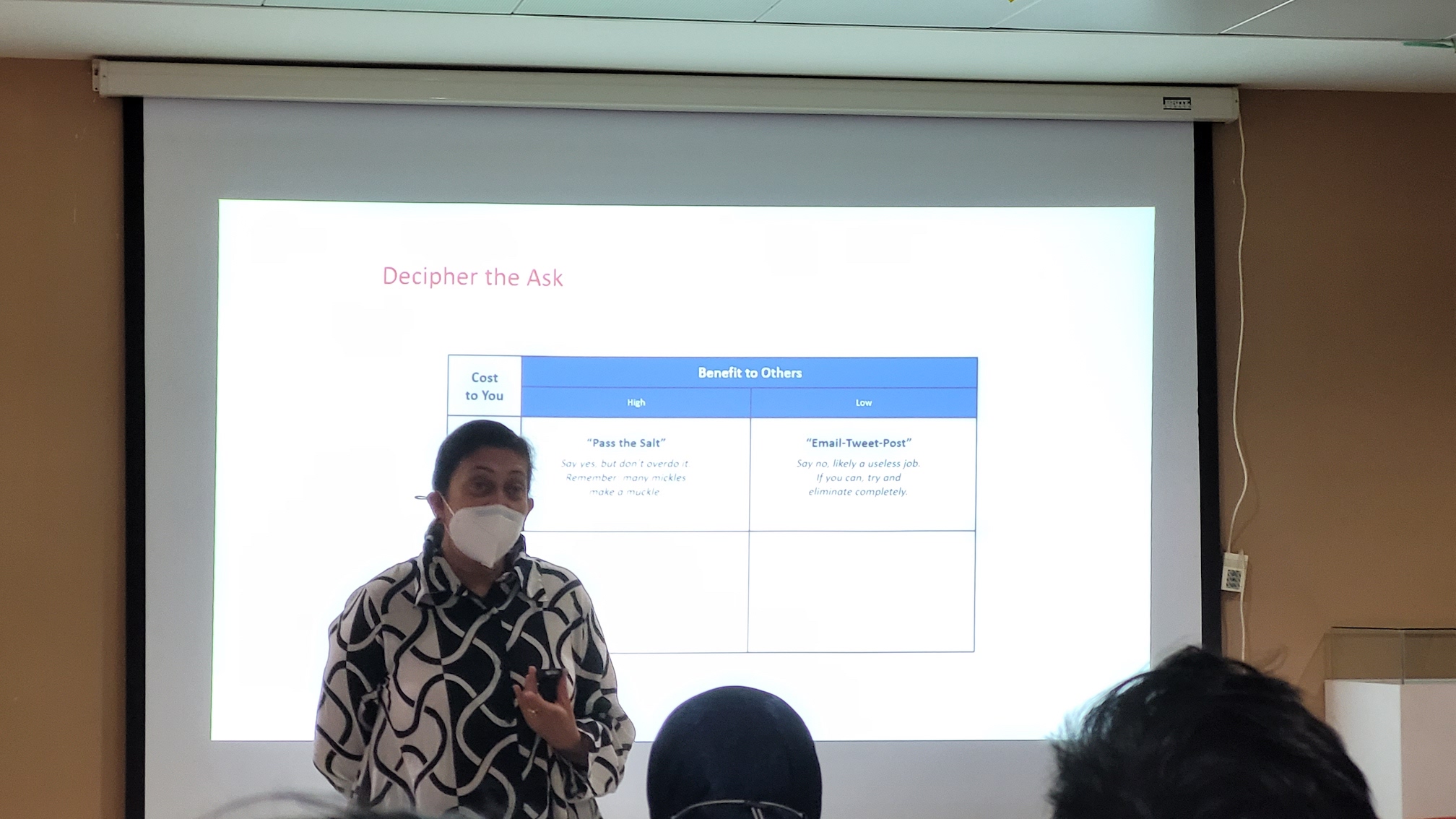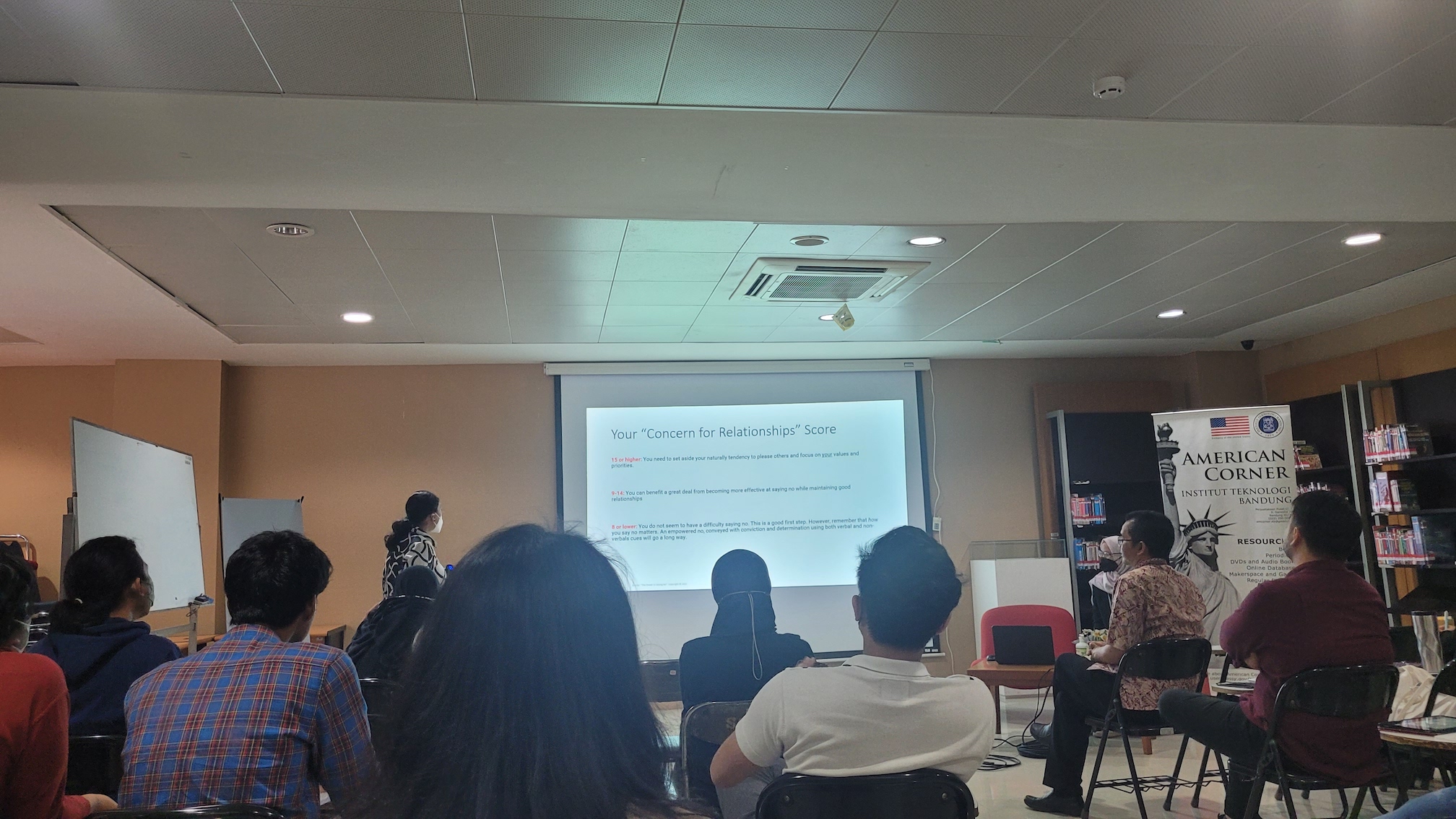Have you ever found it difficult to say no to someone? Or have you ever said “yes” to something you didn’t want?
A “no” response comes slower than a “yes” response, regardless of the language used. According to Dr. Vanessa Patrick, humans are raised to always say “yes,” even to things they originally want to say “no.”
“Society tells us to say ‘yes.’ Our parents and teachers tell us to be cooperative, to say ‘yes,’ even though sometimes we want to say no,” said Vanessa Patrick, Professor of Marketing at Bauer College of Business at the University of Houston.
As time passes, we begin to find it challenging to say no.
“There are two options for people who can’t say ‘no,’ say ‘yes’ or ‘keep quiet,'” added Vanessa.

According to Vanessa, it’s more difficult for humans to say no because it requires explanations and reasons from the people we argue with. These are called the consequences of saying no.
The fear of saying no also stems from an urge to avoid conflict or confrontation. Another reason why people tend to worry about saying no is because they want to protect their reputation and don’t want to disappoint others or hurt their feelings.
The authors of Miki Hebl and Eden King mention O’Brien’s theory which says there is a significant difference between men and women who say no. Women are more difficult to say no.
Two factors cause this. Women are more likely to be asked to do so and are more likely to say yes to these tasks.
“Fortunately, there is a skill to say no, especially to people who can’t say no,” he said.
When you say yes to something, you say no to something else. Choose the one that is more profitable for you. Saying no doesn’t mean not doing your job, but knowing it and doing it by its due date.
There are tools for saying no. Because what you say “no” is essential, but how you say no is more important.
Empowered resistance, delivered with conviction and determination using verbal and non-verbal cues, will go a long way. In the short term, say no but keep in mind to maintain the relationship.
There are several things we can do to build powerful resistance, including Communicating rejection responses, Involving identity (values, preferences, principles, and priorities), maintaining reputation and relationships, and not inviting rejection.





